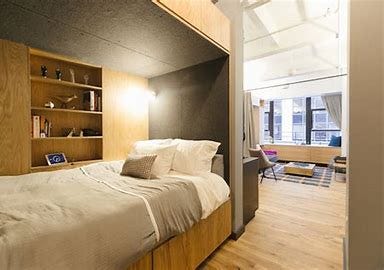Should We Care That Co-Living is Dead in the U.S.?
Small scale co-living might be the future of this housing type
Welcome back to the New Urban Order — where urbanists discuss the future of cities.


I started writing my book Brave New Home six years ago at a time when co-living was the hot new idea in housing.
Co-living seemed to be a perfect fit for the era of extremely expensive cities, socially isolated young adults, and the frantic pace of contemporary society. Historically many young people came to cities not to stay at home but to work at an office or be out on the town. They didn’t care if their apartments were small or crowded with roommates, so long as they were well located. Co-living not only offered prime locations but solved for the friction-filled experience of renting: apartments came furnished, roommates were already picked out, programming like group dinners and yoga classes engaged people in socializing, leases could be as short as a few weeks.
Real estate developers were attracted to co-living because they found a business model in co-living’s added value and could also help to address the need for more housing in cities. Co-living companies raised hundreds of millions of dollars in investment in the late 2010s as the concept showed promise.
One of the reasons I found co-living so compelling is that it destigmatized communal ways of living. As co-living’s three- , four- and five-bedroom apartments became more accepted, I found local governments reconsidering their outdated building codes. As co-living resembled high end single-room occupancy (SRO) buildings, it seemed there was more openness from residents and policymakers to enable deeply affordable, traditional SRO buildings. Cities like New York, New Orleans, and Atlanta all found ways to encourage co-living pilots for low-income residents
By the time my book was going to press in late March 2020, there were several companies – Ollie, Starcity, The Collective, WeLive, Common, Quarters, and others – whose co-living units under management collectively numbered in the tens of thousands. By 2022, a New York Times article noted that 72,000 co-living units were under management. Were these truly co-living apartments or just multifamily units? Not sure. But now in mid-2024, none of those co-living companies exists and my chapter on co-living reads like history. How did this happen?





